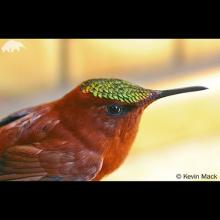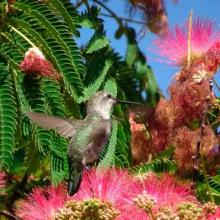Sephanoides fernandensis
Common name:
Juan Fernández firecrown
Suborder:
-n/a-
Order:
Apodiformes
Class:
Aves
Calypte anna
Common name:
Anna's hummingbird
Suborder:
-n/a-
Order:
Apodiformes
Class:
Aves
Sephanoides fernandensis
Common name:
Juan Fernández firecrown
Suborder:
-n/a-
Order:
Apodiformes
Class:
Aves
Calypte anna
Common name:
Anna's hummingbird
Suborder:
-n/a-
Order:
Apodiformes
Class:
Aves
Sephanoides fernandensis
Common name:
Juan Fernández firecrown
Suborder:
-n/a-
Order:
Apodiformes
Class:
Aves
Calypte anna
Common name:
Anna's hummingbird
Suborder:
-n/a-
Order:
Apodiformes
Class:
Aves
Order (Animalia): Apodiformes
Traditionally, the bird order Apodiformes /ˈæpədɪfɔːrmiːz/ contained three living families: the swifts (Apodidae), the treeswifts (Hemiprocnidae), and the hummingbirds (Trochilidae). In the Sibley-Ahlquist taxonomy, this order is raised to a superorder Apodimorphae in which hummingbirds are separated as a new order, Trochiliformes. With nearly 450 species identified to date, they are the most diverse order of birds after the passerines.
Description
As their name ("footless" in Greek) suggests, their legs are small and have limited function aside from perching. The feet are covered with bare skin rather than the scales (scutes) that other birds have. Another shared characteristic is long wings with short, stout humerus bones. The evolution of these wing characteristics has provided the hummingbird with ideal wings for hovering.
The hummingbirds, swifts, and crested swifts share other anatomical similarities with one another, as well as similarities (notably as to the skull) with their probable closest living relatives, the owlet-nightjars. The owlet-nightjars are apparently convergent with the closely related Caprimulgiformes, which form a clade Cypselomorphae with the Apodiformes.
Reference: Wikipedia


